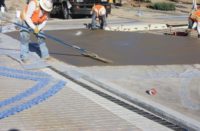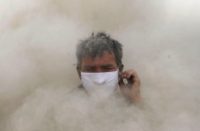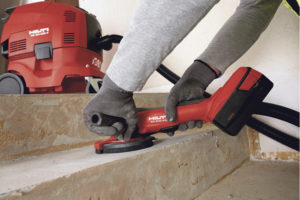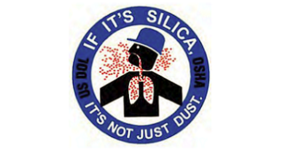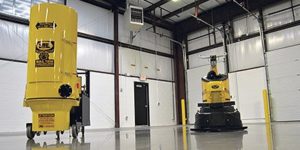 At first glance, a shiny floor surface may seem to present slip-and-fall opportunity. In reality, a floor that has been ground, densified and polished can often provide a more slip-resistant floor than plain concrete. But as with any finish, common sense is required when specifying a polished floor.
At first glance, a shiny floor surface may seem to present slip-and-fall opportunity. In reality, a floor that has been ground, densified and polished can often provide a more slip-resistant floor than plain concrete. But as with any finish, common sense is required when specifying a polished floor.
Independent test results show that floors finished to an 800-grit finish will meet OSHA and ADA recommendations for Static Coefficient of Friction both wet and dry. The grinding and polishing process creates micro-pores in the floor surface that actually increase the SCOF over a plain hard-trowel finished floor.
However, when specifying the polishing level of the floor, the end use — whether it’s made for a low traffic or high traffic area — is very important. It is possible to polish too high, to the point where your micro-pores do not provide a safe floor. In some environments, a micro-etching cleaning product will be used to provide peace of mind.
One of the inherent strengths of polished concrete is its ease of maintenance. Maintenance, depending on facility size and end use, is simply a scrubber with a white pad and neutral cleaner, a damp mop or dry sweeping. Polished concrete is still “a cement-based” product, so you have to be aware of acidic products, in addition to not using cleaning products which contain hydroxides or sulfates which can attack concrete. In many instances water alone will do the job.
In any case, it is imperative to have a maintenance program that utilizes walk-off mats and the correct frequency of cleaning to remove dry soils and water. Generally, what appears to be a slippery floor surface is, in fact, a dirty floor surface where the dry soil sits on top and acts as ball bearings.
